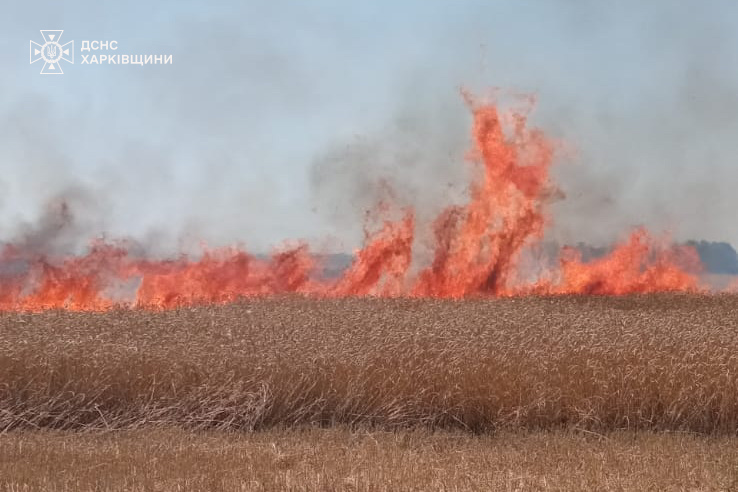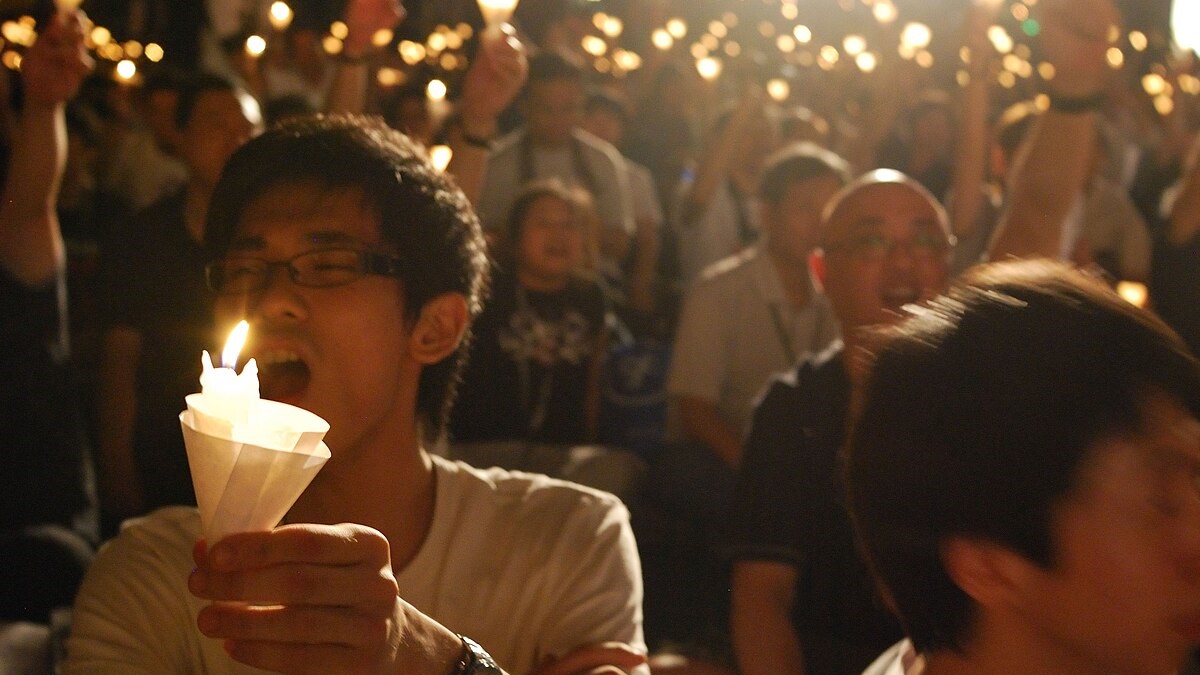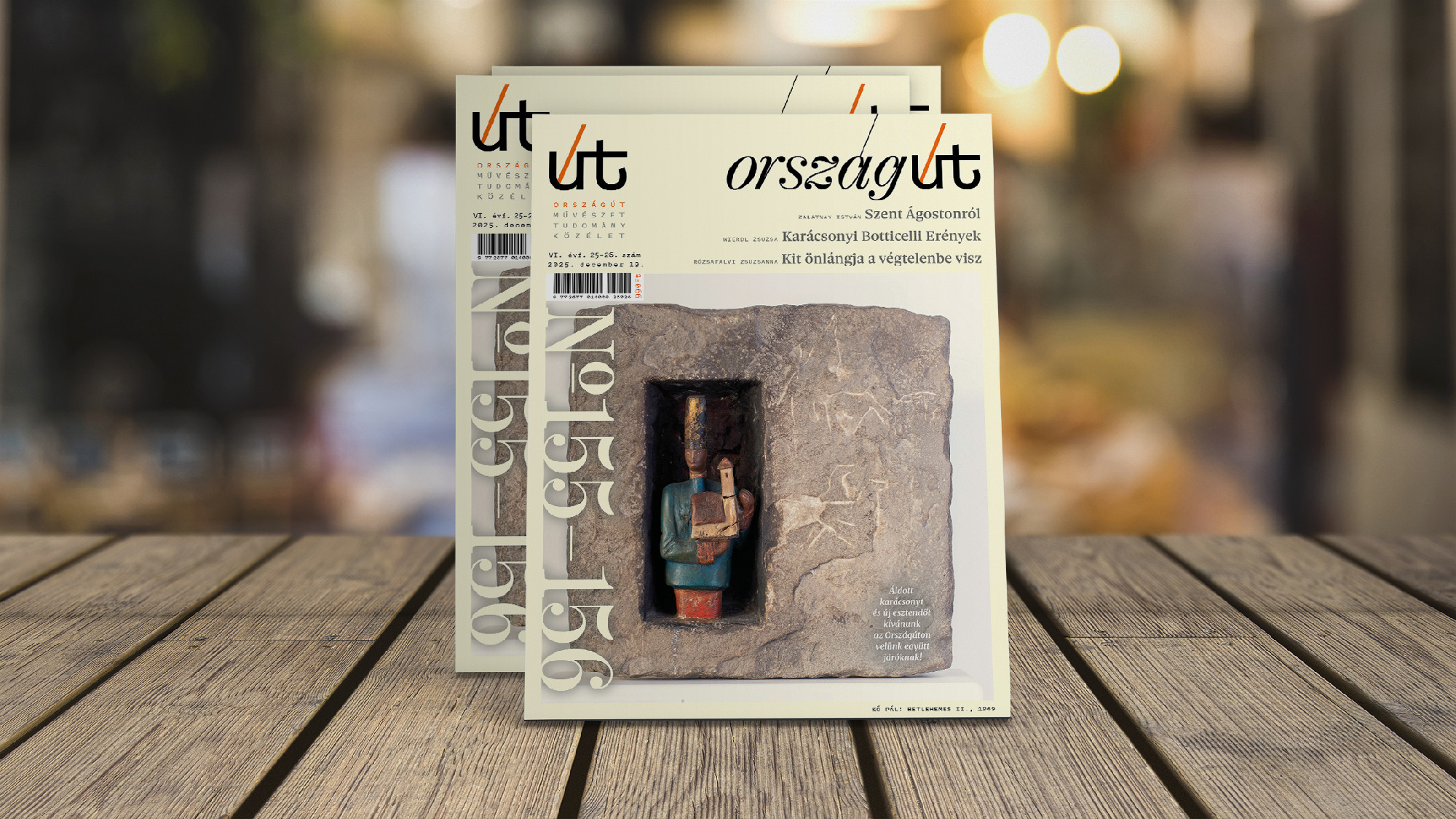While the situation for the Ukrainians is likely to remain extremely difficult until the end of the summer, with further territorial losses expected, the situation on the front could stabilize by the autumn as the long-delayed Ukrainian and Western policy decisions taken in the spring slowly begin to take effect. After a six-month delay, the US Congress passed a package of assistance to Ukraine in early April, which has resulted in a marked easing of the Ukrainian artillery ammunition shortage, although Russian firepower advantage remains significant. And thanks to the new mobilization law, the drafting and training of Ukrainian troops is already underway, while fortification works are in full swing. There is no doubt that Ukraine will be forced to continue defending itself for the rest of the year. But it is far from clear what it will do next year or the year after. While the collective West lacks a unified and coherent strategy (supporting Ukraine “for as long as it takes” is not a strategy), Kyiv’s clear vision of what victory would mean for it is not consistent with the realities dictated by the highly static nature of the war, the current scale of Western military support, and the political uncertainty surrounding its long-term sustainability.
A full restoration of Ukraine’s territorial integrity is hardly viable unless a dramatic political turnaround in Russia similar to that of 1917 occurs.

Bomb shelter in Dnipro July 2024
Other experts advise Ukraine to accept the reality of the war of attrition and try to turn it to its advantage. According to a study by the Estonian Ministry of Defence, the Ukrainian armed forces would have to incapacitate fifty thousand Russian soldiers every six months to prevent Moscow from building up strategic reserves. Ukrainian military expert Mykola Bielieskov also argues that
Ukraine should pursue a strategy of active defence.
While this strategy implies giving up, at least for the time being, the goal of recovering all of Ukraine’s territory, it is much more in line with the capabilities of the Ukrainian forces and the nature of the war in Ukraine, which very significantly favours the defensive side.
However, this is not an easy sell to Ukrainian society, seventy-three per cent of which still believes that Ukraine will eventually be able to liberate all its territories. The excessive expectations of Ukrainian society are both a blessing and a curse. It was the belief in victory that guaranteed Ukraine’s survival and military success, while the constant need to demonstrate success has already led the political leadership to take irrational decisions from a military point of view, as shown by the defence of Bakhmut for too long or, more recently, the senseless sacrifice of a marine brigade at the Krynky bridgehead. Although Ukrainian public opinion is aware of the realities, and a recent survey by the Kyiv International Institute of Sociology shows that, as the military situation deteriorates, there is a trend towards an increase in the proportion of those who would be prepared to give up part of their territory in exchange for peace; fifty-five per cent of those polled still reject the prospect, even if this means that the war will continue and even Ukraine’s independence could be jeopardized. The Ukrainian political leadership does not yet seem willing to lower social expectations and redefine what victory means for Ukraine.
An interview with Oleksandr Sirsky in The Guardian illustrates the contradiction between the assessment of the critical military situation and what he sees as a “realistic” plan to retake Crimea.
According to the logic of the strategy of attrition, a Ukrainian victory can be achieved by weakening the Russian military potential to such an extent that it is unable to continue the war at its current intensity, while preserving its own resources. This point could be reached within two to three years, with the rapid depletion of stocks of Soviet-era military hardware. But Moscow is also betting on time favouring it, and that it can slowly bleed Ukraine dry by maintaining the current intensity of the war without further mobilization, as Putin recently outlined openly at the St. Petersburg International Economic Forum. The Kremlin is convinced that the Western political will to support Ukraine will break sooner than the continuation of the war will pose a problem for the Russian war machine. The current level of Western support is unlikely to change Putin’s mind, nor does a return of a “pro-peace” Trump to the White House offer the prospect of a long-term commitment to victory in Ukraine—although this “pro-peace” stance may well be discarded when Trump does happen to take the helm and is confronted with foreign policy realities (see here and here).

Construction of underground school in Zaporizhzhia, one of six such projects, July 2024
In any case, whether it is going to be a Democratic or a Republican victory this autumn, it may well be that Biden will be remembered as the last post-Cold War president and this year’s NATO summit in Washington as the last “status quo” summit in history, as protectionist and isolationist attitudes continue to strengthen in US foreign policy. These are ominous prospects not only for Ukraine but also for Western societies, which have grown accustomed to a life without risk in the decades after the Cold War, and which,
if they want to maintain their constitutional order and prosperity, will have to fight for them even taking up arms in the future but will certainly have to spend considerably more on deterrence.
The war in Ukraine has bought the West time to prepare, the question is whether it will use it well. Forcing the Ukrainians into a bad compromise in order to bring the war to a hasty conclusion is certainly not in the interest of the West—but solely of Russia. And it would send a message to all its challengers and allies that it has neither the will nor the stamina to defend its own values and interests.
The author is a fellow of the Budapest John Lukacs Institute and the Swedish Defence University
Translated By Péter Pásztor
Cover photo: Wheat field burning due to shelling in Donetsk in July 2024




